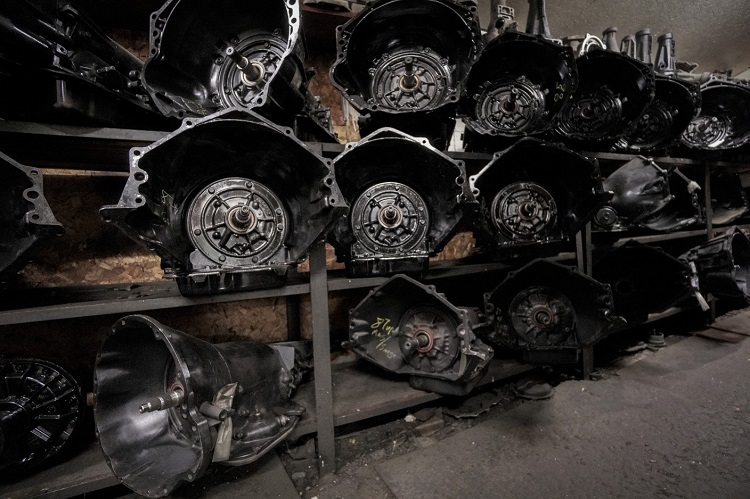Numerous businesses deal with various equipment daily, and if you are one of those enterprises that use equipment and machinery – whether you are involved in printing, automotive services, the aeronautics industry, and so on – then you know very well how important it is to keep your equipment well-maintained and in the best possible condition. But too often, even with the most meticulous care, dirt and grime can build up, and this can certainly affect the performance of your equipment. This is where ultrasonic cleaning comes in, and with the proper ultrasonic cleaning solution, you need no longer worry about how to get rid of accumulated dirt, dust, grime, grease, oils, rust, scale, and more on your equipment. But what is it about ultrasonic cleaning that makes it an optimum choice for deep cleaning? Here’s your absolute guide to ultrasonic cleaning and its main advantages.
The basics
Ultrasonic cleaners have been used for a long time – well over 30 years, in fact – but they were traditionally utilised only by the aerospace and medical industries. In the past, ultrasonic cleaning technology was seen as too complex or high-tech for other industries, such as the automotive industry or printing sector, but things have indeed changed, and more sectors are now taking advantage of ultrasonic cleaning technology as well.
How it works
Ultrasonic cleaning is more effective than other cleaning methods because it uses high-frequency sound waves. These sound waves produce bubbles inside a bath filled with soap and water. A unique process referred to as cavitation occurs, and this happens when the water within the tank is boiled cold. The process makes use of a transducer placed inside the cleaning tank, and the transducer can vibrate up to 40,000 times a second. With this, the water is ‘fatigued’, and the molecules break down. The vibration results in bubbles, and these bubbles can create a cavity or void as they pass over a surface inside the cleaning tank. Once this happens, the water molecules surrounding the void will fill the resulting void, and once they reach the cavity’s centre, they will collide with a lot of force. The shock waves they create result in cavitation– and the process is robust enough to erode metal.
Its main advantages
As mentioned, various advantages come with sonic cleaning, such as:
A truly thorough clean
Various equipment can have components that are hard to reach and virtually inaccessible – but ultrasonic cleaning can deal with these areas, along with the exposed surface of any equipment. The cleaning process tackles everything from oil to carbon to varnish and other accumulated dirt, resulting in a thorough clean. And it doesn’t involve the removal of components, either.
Better productivity for your staff
Instead of delegating your staff and technicians to deal with cleaning parts and components, you can have them focus on other tasks. The manual process of cleaning is no longer necessary since your staff can throw in any part that needs cleaning into the tank, press a button, and leave the cleaner to do its work. With ultrasonic cleaning, you can clean more parts in one sitting, and you can also easily clean components that are often difficult – even impossible – to clean.
Sonic cleaning does away with the use of solvents, and the soap used for the process is non-toxic as well.







